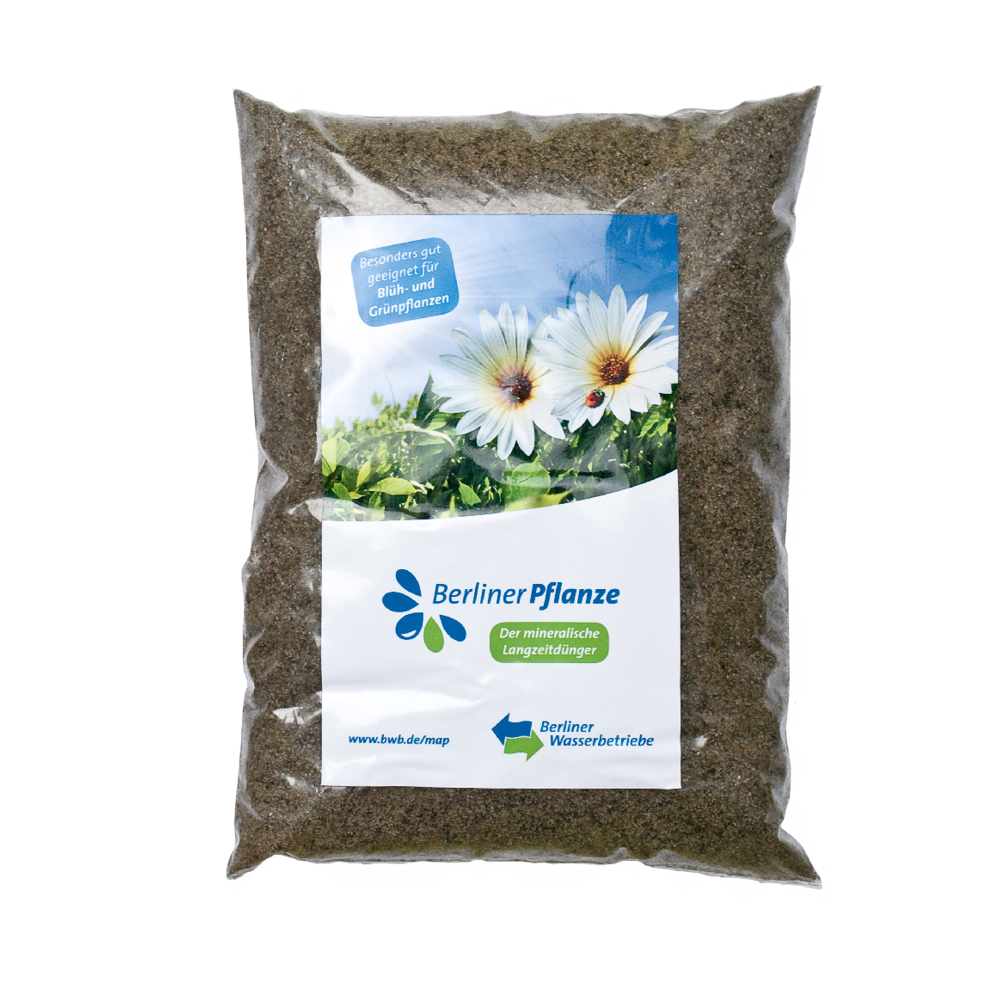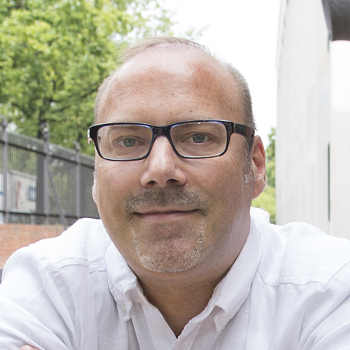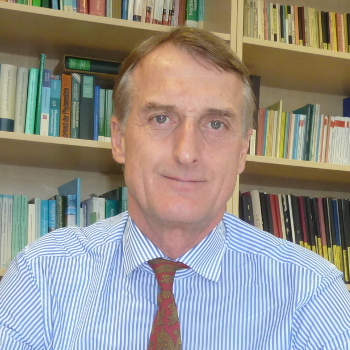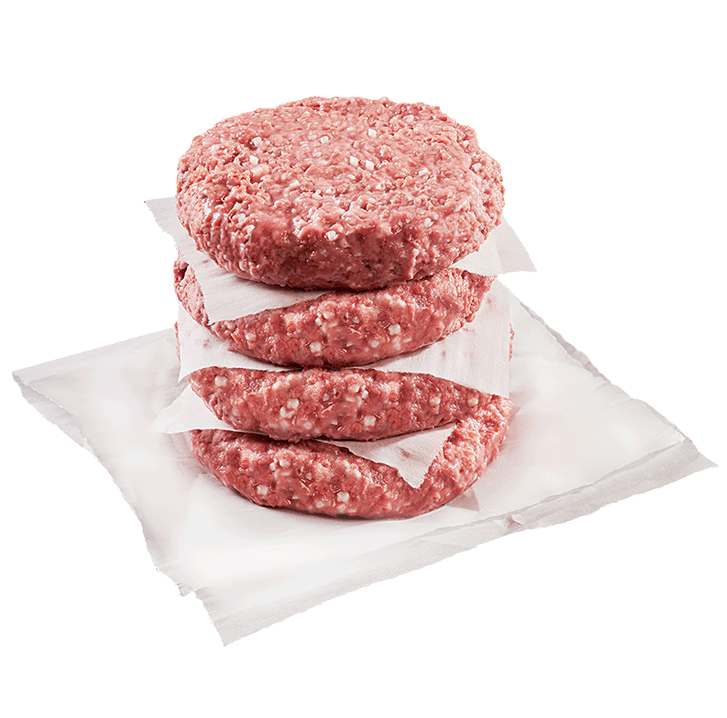02.10.2019 News
unspecific unspecific Chemistry
Feedstocks made from CO2
Enzymes were their inspiration: Using nanoparticles as catalysts, German and Australian researchers succeeded in converting carbon dioxide into valuable resources.
02.10.2019 News
unspecific unspecific Chemistry
Enzymes were their inspiration: Using nanoparticles as catalysts, German and Australian researchers succeeded in converting carbon dioxide into valuable resources.
07.10.2019 News
Agriculture and forestry Plants Agriculture sciences
Bayer and the US company Arvinas have teamed up to launch the joint venture Oerth Bio. It uses biotechnologically produced protein molecules to protect plants from pests.
08.10.2019 News
Agriculture and forestry Plants Biodiversity
Germany plans large-scale reforestation to help ailing forests. According to Würzburg forest ecologists, this will have the opposite effect and make forests even less resilient.
02.10.2019 Studies and statistics
unspecific unspecific unspecific
Since June 2015, the REFOWAS (REduce FOod WASte) project has been investigating reasons for the generation of food waste along the entire value chain and analyzing environmental impacts and economic aspects.
10.10.2019 News
unspecific Plants Plant and process engineering
High-tech fibers made from renewable resources can be a real alternative to their petroleum counterparts, thanks to a new ultra-high-temperature process.
14.10.2019 News
Agriculture and forestry Plants Agriculture sciences
Too much nitrogen increases the protein content in wheat. But it also reduces the yield, a research team has found.
21.10.2019 News
Chemistry Microorganisms Chemistry
Up until now, biocatalysts were short-lived. Bochum researchers have now developed a thin protective film that can make the hydrogenases last thousands of years.
25.10.2019 News
unspecific unspecific Biotechnology/Systems biology
The Ethics Council of the Max Planck Society has announced its position on genome editing in plant breeding, medicine and pest control.
18.10.2019 News
unspecific Microorganisms Biodiversity
Deep-sea mussels enter into symbioses with a large number of bacteria and are thus well prepared for changing environmental conditions.
30.10.2019 News
Chemistry Waste Chemistry
Production of alcohols from CO2 through electrochemical reduction is the goal of a research consortium that wants to use a new process to reduce the energy required for electrosynthesis.
28.10.2019 News
Food Microorganisms Biotechnology/Systems biology
Collagen protein supplier Gelita and the US company Geltor are cooperating in the development of biotechnologically produced collagen proteins for the vegan food market.
30.10.2019 News
Chemistry Plants Biotechnology/Systems biology
Using a bacterial enzyme, Marburg researchers have made it possible for diatoms to degrade plastic waste in salt water.
04.11.2019 News
Agriculture and forestry Plants Biotechnology/Systems biology
With two multi-resistant rice varieties and a diagnostic kit, an international team of researchers hopes to eradicate the plant disease bacterial blight.
17.08.2018 News
Energy Waste Biotechnology/Systems biology
Biogas contains too much carbon dioxide compared to natural gas. Researchers have now produced a new type of active carbon from the fermentation residues of the biogas plant, which removes carbon dioxide from the biogas.
23.08.2018 News
Agriculture and forestry Plants Forestry
Domestic trees are growing faster and faster, but the wood is also losing weight, according to Munich forest researchers.
20.08.2018 News
Agriculture and forestry Microorganisms Agriculture sciences
An international research team analysed the soil microbiome. Bacteria and fungi are constantly fighting for resources and fungi even produce antibiotics to gain an advantage.
27.08.2018 News
Food Plants Agriculture sciences
An international research team managed to decipher the gigantic and complex wheat genome. The new information is hoped to help in breeding more yield-efficient wheat varities.
31.08.2018 News
unspecific unspecific Bioökonomie mitgestalten
Following the EU's decision to classify crops created by genome editing technologies as GMOs, the German Bioeconomy Council urges politicians to modernize genetic engineering laws.

03.09.2018 Product
Agriculture and forestry Microorganisms
Along with nitrogen, phosphorus is one of the most important components in fertilizers. As the world's population grows, so does the demand for food and therefore for phosphorus. However, the resources are finite.
01.04.2019 Studies and statistics
unspecific unspecific Environmental technology
According to a study by the Fraunhofer Institute for Environmental, Safety and Energy Technology (UMSICHT), around 330,000 tons of microplastics are released into the environment every year in Germany alone - a good four kilograms per capita.
12.09.2018 News
Food Plants Chemistry
Researchers from Mainz have found out why the addition of inulin from dandelion changes the texture of food: The colder the mixture, the more it crystallizes.

Researcher Profile
Construction Plants Materials sciences
Civil engineer Wolfram Schmidt aims to make concrete a more sustainable building material. Together with African partners, he has developed a bio-concrete based on manioc shells and other agricultural residues. For this achievement, the Federal Ministry of Education and Research has awarded him an innovation prize.
12.09.2018 News
Agriculture and forestry Microorganisms Agriculture sciences
Iron is essential for plant growth and harvest yields. Now, researchers in Jena discovered a new iron transporter that significantly improves the productivity of plants.
13.09.2018 News
Agriculture and forestry Plants Agriculture sciences
For the first time, researchers identified metabolites in above-ground parts of a plant that reveal its symbiosis with mycorrhizal fungi. This will advance targeted breeding endeavors.
13.09.2018 News
Machine and plant engineering Microorganisms Biotechnology/Systems biology
The German biotechnology company AMSilk is partnering with Airbus to develop novel biocomposite fibers for lightweight, high-performance planes that will require less fuel.
18.09.2018 News
unspecific unspecific unspecific
How far has the implementation of the UN sustainability goals come? This and other questions were at the core of a Leibniz Association conference in Berlin in mid-September.
28.09.2018 News
Agriculture and forestry Plants Forestry
The Federal Ministry of Education and Research launched its first funding measure towards the sustainable use of forest wood. This is part of the "Bioeconomy in the North" initiative.

Researcher Profile
unspecific unspecific Bioökonomie mitgestalten
In Kiel, Ruth Delzeit uses models that depict complex economic and environmental relationships to lay the foundations for important political decisions.

11.10.2018 Interview
unspecific Animals unspecific
Scientific assistant at the GEOMAR Helmholtz Centre for Ocean Research, Kiel, and coordinator of the EU project "GoJelly".
04.10.2018 News
Chemistry unspecific Biotechnology/Systems biology
The Technical University Berlin set up a start-up center for innovative ideas for a more sustainable economy. The advisory board includes high-ranking members from research and industry.
08.10.2018 News
Food Plants Agriculture sciences
For the first time, plant researchers have succeeded in using the CRISPR-Cas genome editing tool to breed a new crop from a wild tomato plant within just one generation.
10.10.2018 News
Food unspecific unspecific
About 500 experts from 70 countries met in Berlin at the beginning of October for the 12th International Working Conference on Stored Product Protection - IWCSPP2018.
05.06.2019 News
unspecific unspecific Chemistry
Max Planck Researchers are working to develop sustainable alternatives for each component of the ecologically problematic electricity storage systems.
07.06.2019 News
unspecific unspecific Biotechnology/Systems biology
Using artificial intelligence, researchers at TU Munich have improved protein analysis on the basis of mass spectrometry data.
12.06.2019 News
Pharmaceutical industry Animals Biotechnology/Systems biology
An international team of researchers has obtained a special variant of pluripotent stem cells from pigs. They hold potential for agriculture and medicine.
11.06.2019 Success story
Energy Plants Bioökonomie mitgestalten
Using the bioenergy sector as an example, Jena researchers are investigating the extent to which the transition process towards a bioeconomy is affecting the existing global social inequalities.

Researcher Profile
Agriculture and forestry Microorganisms Agriculture sciences
The Göttingen agricultural scientist Andreas von Tiedemann is researching plant diseases in order to eliminate fungal pathogens threatening our crops.
13.06.2019 News
unspecific unspecific unspecific
With a total of 8.4 million euros, the European Union is backing a project coordinated by Hamburg University of Applied Sciences that aims to initiate innovations in bioplastics production.

06.06.2019 Product
Food Plants
Love cheeseburgers, but do not want to harm the environment? Now, you can satisfy your craving without eating meat. Plant-based burgers from the USA and Great Britain match the consistency and taste of their animal-based counterparts.
17.06.2019 News
Food Plants Food technology
Pre-packaged salads and sprouts are often microbially contaminated. This is the result of a recent study by the Max Rubner Institute. Unprocessed products, however, came off well.